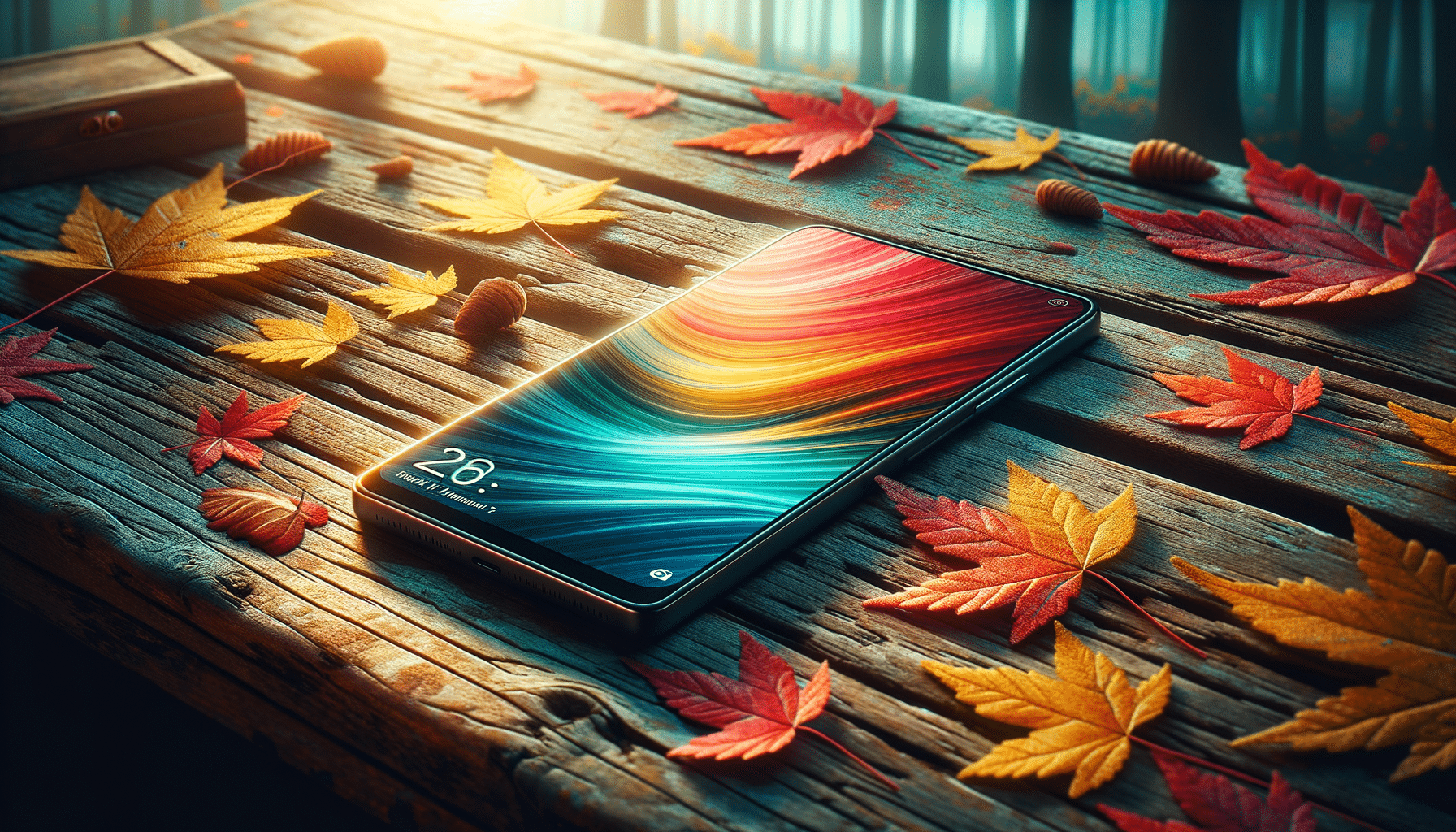
Micro vs. Macro: Which Type of Fashion Influencer Drives More Sales?
Fashion influencers have swiftly become pivotal players in shaping consumer behavior, but the debate lingers: do micro-influencers or macro-influencers drive more sales?
Understanding the Influencer Types
Before diving into which influencer type might be more effective for driving sales, it’s essential to understand what distinguishes micro-influencers from macro-influencers. Micro-influencers typically have followers ranging from 1,000 to 100,000, while macro-influencers boast followings that can extend into the millions. Both play significant roles in the fashion industry, but their impact and effectiveness can vary.
Expert Insights on Influencer Impact
According to a report from Business Insider, micro-influencers often have higher engagement rates compared to their macro counterparts. This is largely because their smaller, niche audiences tend to trust their recommendations more. Meanwhile, macro-influencers can offer brands vast reach, making them ideal for broad exposure.
Statistics and Research
Recent studies indicate that 82% of consumers are likely to follow a recommendation made by a micro-influencer. Conversely, macro-influencers are still incredibly effective, with 70% of teens in a Statista survey reporting that they trust the opinions of macro-influencers. This data suggests that both types hold value, depending on the brand’s goals.
Real-World Examples
Consider the case of a boutique clothing brand that collaborated with a micro-influencer specializing in sustainable fashion. The partnership resulted in a 30% increase in sales, showcasing the power of niche marketing. On the other hand, a well-known athletic wear brand partnered with a macro-influencer during a product launch, achieving millions of impressions and a significant spike in website traffic.
Actionable Tips for Brands
- Define Your Goals: Decide whether you need broad exposure or targeted engagement.
- Analyze Engagement: Look beyond follower count and examine engagement rates.
- Utilize Both Types: Consider hybrid campaigns that leverage both micro and macro-influencers.
| Aspect | Micro-Influencers | Macro-Influencers |
|---|---|---|
| Audience Size | 1,000-100,000 | 100,000+ |
| Engagement Rate | High | Moderate |
| Trust Level | High | Moderate |
| Reach | Targeted | Broad |
| Cost | Lower | Higher |
| Flexibility | High | Low |
| Brand Fit | Close | Varied |
| Conversion Potential | High | Varied |
Conclusion
Ultimately, the choice between micro and macro-influencers should align with the brand’s objectives, budget, and target audience. Both types have unique strengths and can significantly impact sales when leveraged appropriately.
FAQs
Do micro-influencers cost less than macro-influencers?
Yes, generally micro-influencers are more cost-effective due to their smaller following.
Can macro-influencers provide high engagement?
While macro-influencers offer massive reach, their engagement rates tend to be lower than those of micro-influencers.
Should I use both types of influencers?
Using both micro and macro-influencers can provide a balanced approach, offering both reach and targeted engagement.


